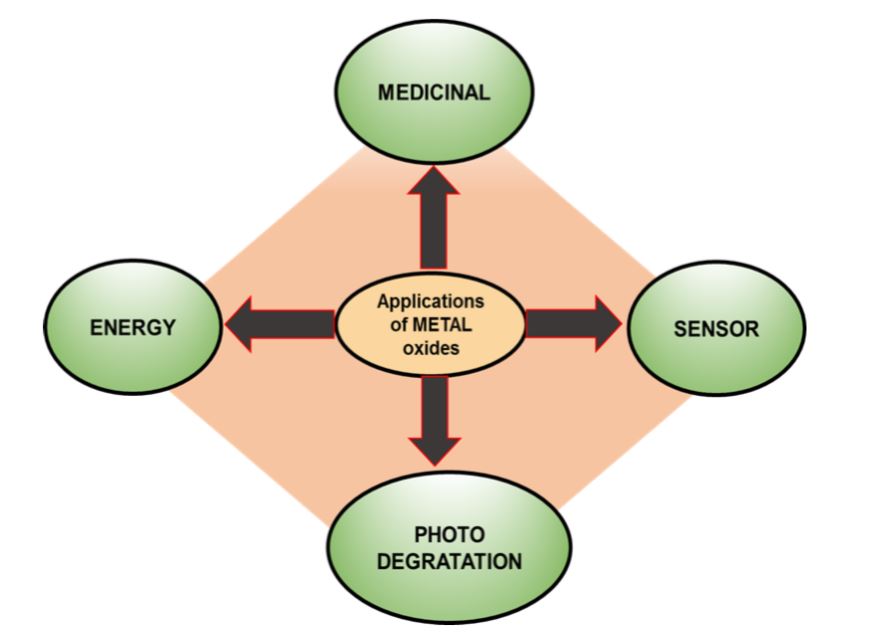Video Article Open Access
Fabrication of Carbon Supported 2D Nanocomposite for Electrochemical Biosensor, Electrocatalysis, Photocatalytic Activity, and Energy Storage Devices
Shen-Ming Chen
Department of Chemical Engineering and Biotechnology, National Taipei University of Technology, No.1, Section 3, Chung-Hsiao East Road, Taipei 106, Taiwan
Vid. Proc. Adv. Mater., Volume 2, Article ID 2021-0154 (2021)
DOI: 10.5185/vpoam.2021.0154
Publication Date (Web): 24 Jan 2021
Copyright © IAAM
Graphical Abstract

Abstract
The drug/biomolecules in the excess level and over usage in humans is usually hazardous, causes many side effects, major illness, and sometimes leads to death. On other hand, energy crisis is one of the most urgent and critical issues in our modern society. Currently, there is an increasing demand for efficient, low‐cost, light‐weight, flexible and environmentally benign, small, medium, and large‐scale energy storage devices, which can be used to power smart grids, portable electronic devices, and electric vehicles. The existing carbon materials can be classified into activated carbon (0-dimensional), carbon nanotubes (CNT) (1-dimensional), graphene (2-dimensional) and carbon foams (3-dimensional). Among these, graphene is well known to be the top candidate; However, preparation of graphene from graphite is an intricate procedure that can lead to an explosion during the oxidation of graphite. Therefore, it is essential to discover the new electrode materials with high efficiency for the electrochemical detection of biomolecules and energy storage applications. In recent years, mixed 2D layered metal oxides, metal sulphides have been focused elicited research interest in worldwide owing to their environment benignity, stronger electronic conductivity and higher electrochemical properties than single-component metal sulphides. In particular, 2D layered metal sulphides is one of the most significant families of inorganic materials that have been widely used in various chemical and engineering aspects. In addition, carbon based materials has been considered as an excellent platform for the preparation of nanocomposite due to its attractive properties including effective surface area, unique structures, mechanical and thermal stability, outstanding charge-transfer characteristics which enhances the electrocatalytic and photocatalytic activity of the supporting material. Moreover, the sulfide functionalities of carbon materials are more responsible for the incorporation of metal molybdates by the electrostatic attraction. Therefore, we are planning to develop an electrochemical sensor based on bimetal sulphides (MxSx, MSx where M = W, Mo, V, Bi, Zn) and sulphides (2D-MS) for the electrochemical detection of various electroactive biomolecules and supercapactiors applications.
Keywords
Nanomaterials, carbon, electrocatalysis, biosensor, energy storage devices.
Acknowledgement
This work was supported by the Ministry of Science and Technology (MOST 107-2113-M-027-005-MY3), Taiwan.
References
- Shen-Ming Chen et.al., Electrochemical Synthesis of Au-MnO2 on Electrophoretically Prepared Graphene Nanocomposite for High performance Supercapacitor and Biosensor Applications”. Journal of Materials Chemistry A, 2016, 4, 3304-3315.
- Shen-Ming Chen et.al., Bimetallic vanadium cobalt diselenide nanosheets with additional active sites for excellent asymmetric pseudocapacitive performance: Comparing the electrochemical performances with M–CoSe2 (M = Zn, Mn, and Cu)” Journal of Materials Chemistry A, 2019, 7, 12565-12581.
- Shen-Ming Chen et.al., Solvent-free mechanochemical synthesis of graphene oxide and Fe3O4–reduced graphene oxide nanocomposites for sensitive detection of nitrite”, Journal of Materials Chemistry A, 2015, 3, 15529-15539.
- Shen-Ming Chen et.al., Innovative Strategy Based on a Novel Carbon-Black−β-Cyclodextrin Nanocomposite for the Simultaneous Determination of the Anticancer Drug Flutamide and the Environmental Pollutant 4-Nitrophenol. Analytical Chemistry. 2018, 90, 6283-6291.
- Shen-Ming Chen et.al Honeycomb-like Porous Carbon−Cobalt Oxide Nanocomposite for High-Performance Enzymeless Glucose Sensor and Supercapacitor Applications. ACS Appl. Mater. Interfaces. 2015, 7, 15812-15820.
Biography
Shen-Ming Chen received his PhD degrees in chemistry from National Taiwan University, Taipei, Taiwan. He was a visiting postdoctoral fellow with the Institute of Inorganic Chemistry, Friedrich-Alexander University Erlangen-Nuremberg, Germany in 1997. He joined Department of Chemical Engineering, National Taipei Institute of Technology, Taipei, Taiwan in 1985. He had been an associate professor of Department of Chemical Engineering, National Taipei Institute of Technology, Taipei, Taiwan from 1991 to 1997. Since August 1997, he has been a full professor of Department of Chemical Engineering and Biotechnology, National Taipei University of Technology, Taipei, Taiwan. He has been the Dean (Curator) of library, National Taipei University of Technology, Taiwan from 2000 to 2006 and the Director of Extracurricular Activity, office of student affairs, National Taipei University of Technology, Taiwan from 1995 to 2000. He received three time Distinguish Professor awards from 2010-2018. He also received Lifetime Distinguish Professor award from 2019. He has published over 800 research and review papers in international SCI journals. His research interest includes bioelectrochemistry, electroanalytical Chemistry, biosensors, chemical sensors, electrocatalysis and electroanalysis, photoelectrochemistry, metalloproteins, metalloporphyrins, nanotechnology, spectroscopic techniques, scanning probe techniques, quartz crystal microbalance, materials research, fuel cells, solar cell and photovoltaic cells. We have edited or attended two books for NOVA publications titled “Nanostructured Materials for Electrochemical Biosensors” and “Biosensors: Properties, Materials and Applications” and contributed four book chapters.
Video Proceedings of Advanced Materials

Upcoming Congress



